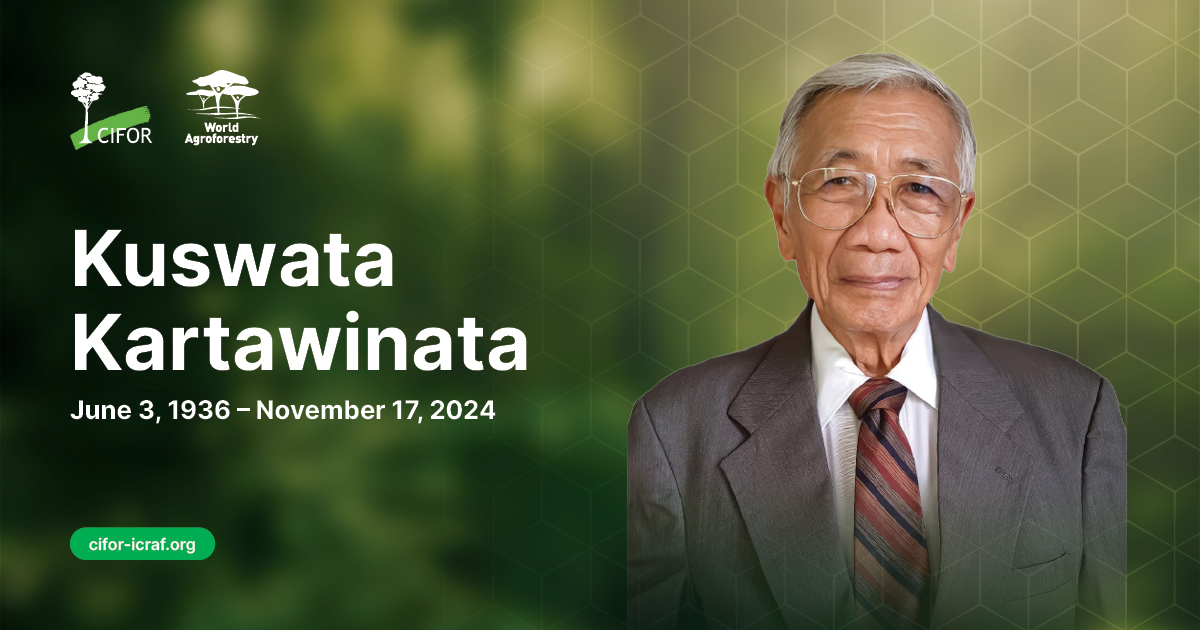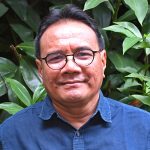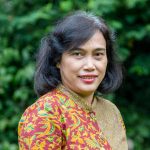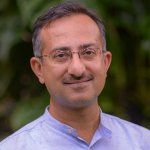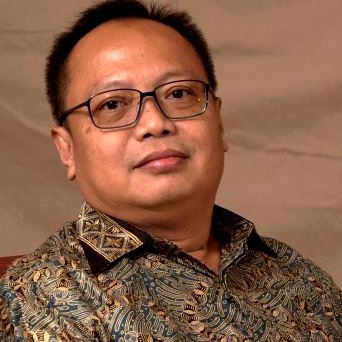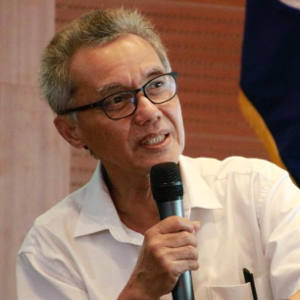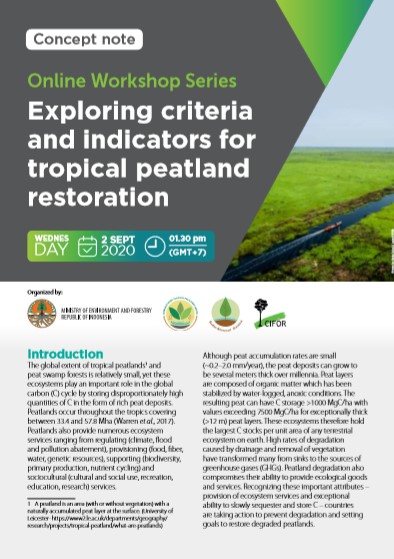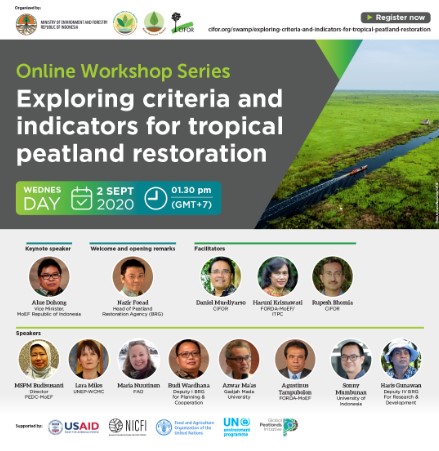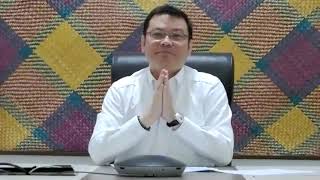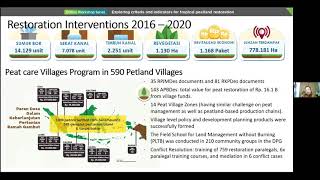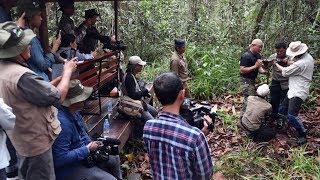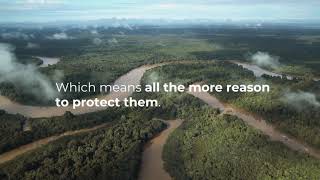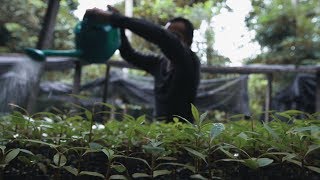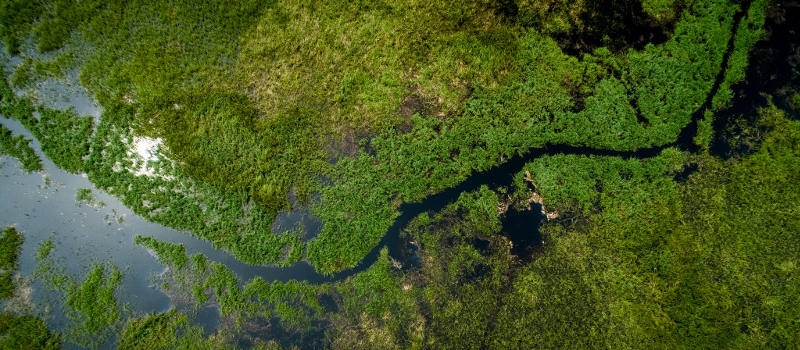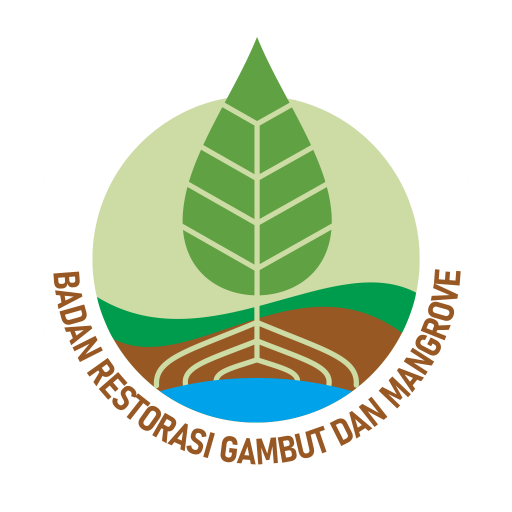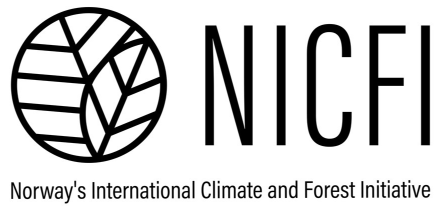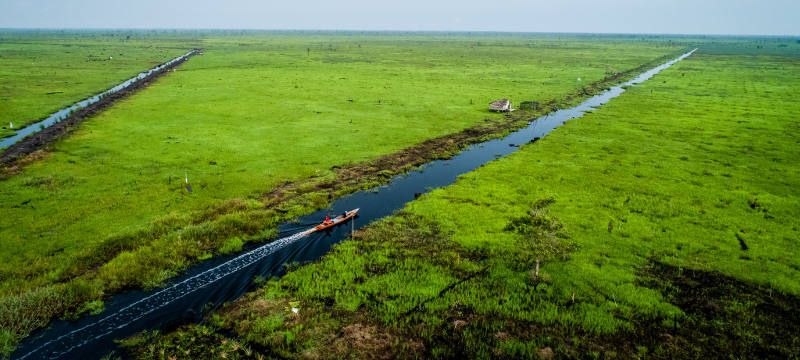
Indonesian peatlands, including peat swamp forests, comprise 36% of the world’s tropical peatlands. As one of the largest tropical peatlands, Indonesian peatlands provide numerous ecosystem services, including their ability to slowly sequester and store carbon. Despite their important benefits, Indonesian peatlands have faced deforestation and drainage since the 1980s, mainly for forestry and agriculture purposes.
Greenhouse gas (GHG) emissions caused by peatland degradation and fires, place Indonesia among the top five emitter countries. In its Nationally Determined Contribution (NDC) under the Paris Agreement, Indonesia has committed to restoring more than 2 Mha of degraded peatland area to prevent GHG emissions.
Peatland restoration needs to be underpinned by monitoring efforts that allow an adaptive approach. Peatland monitoring, guided by science-based practice, will enhance the transparency and accountability of reporting under the United Nations Framework Convention of Climate Change (UNFCCC). Indicators that are simple, easy to recognize, measure and monitor over time can be helpful.
A scientifically robust, reliable and practical set of criteria and indicators (C&I) can help to assess progress and outcomes of restoration efforts. Identified C&I should cover four aspects: (1) biophysical, (2) social, (3) economic, and (4) governance. This allows restoration targets to be adequately quantified, and success measured.
The Centre for International Forestry Research (CIFOR) in collaboration with the Indonesian Ministry of Environment and Forestry (MoEF), Peatland Restoration Agency (BRG), Food and Agriculture Organization (FAO), UN Environmental Programme World Conservation Monitoring Centre (UNEP-WCMC), International Tropical Peatlands Center (ITPC), and Global Peatlands Initiative (GPI) has organized this online workshop to facilitate the process of developing C&I for peatland restoration through knowledge exchange and expert discussion.
Objectives
The main objective of this online workshop, as an initial meeting, is to identify key contributors and suitable methodology for selecting appropriate criteria and associated indicators based on characteristics such as relevance, ease of application, responsiveness, representativeness, consistency and sensitivity to local conditions.
Online workshop format
The expert resource persons will discuss specific topics in the following areas:
- The principles of existing C&I in multilateral environment agreements, monitoring schemes and networks, and their implications (Session 1)
- Initial criteria and measurable indicators to evaluate restoration performance: biophysical, economic and social aspects (Session 2).
There will be a moderated general discussion session where questions and recommendations will be accommodated.
Expected outputs
At the end of the consultation process (carried out in a series 4 online workshops), expected outputs include:
- Set of validated C&I to monitor and assess peatlands restoration success
- Participants familiarized with validated C&I
- Knowledge exchanged, through discussions, on scientific ways to use a C&I approach to monitoring and evaluation of peatland restoration.
Date and Venue
The workshop will be held online over 3 hours on 2 September 2020 using Zoom platform.
For more information
Kania Rahayu, k.rahayu@cgiar.org
This online seminar will be conducted in English language
Presentations:
- Introduction: Why criteria and indicators
- Keynote Speech: Online Workshop Series: Exploring Criteria and Indicators for Tropical Peatland Restoration
- Indonesia regulation on peatland ecosystem: criteria, indicators, and monitoring system
- Principles and good practice in indicator selection – experiences from the biodiversity sector
- Recent notions on peatland restoration for identification of robust indicators
- Monitoring peatland restoration in Indonesia
- Water balance of peatland hydrological unit (PHU)
- Paludiculture to support peatland restoration in Indonesia
- Economic indicators for peatland restoration
- Research milestone on criteria & indicators toward permanent restoration of Indonesia’s peatlands








